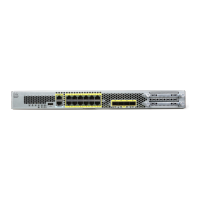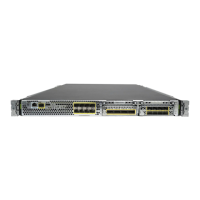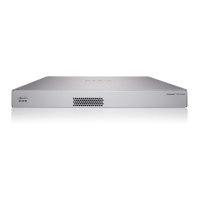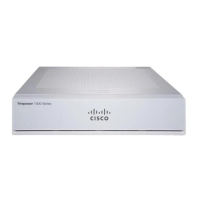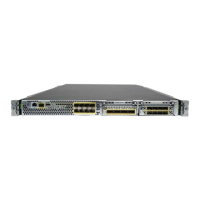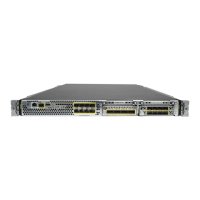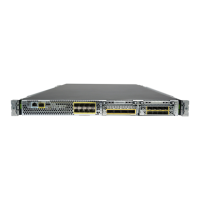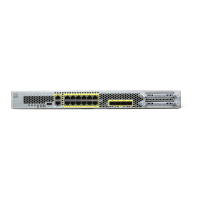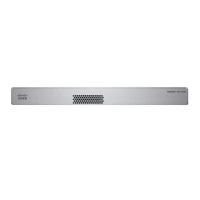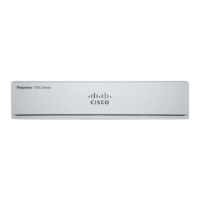17-4
Cisco Security Appliance Command Line Configuration Guide
OL-10088-01
Chapter 17 Applying NAT
NAT Overview
Interfaces at the same security level are not required to use NAT to communicate. However, if you
configure dynamic NAT or PAT on a same security interface, then all traffic from the interface to a same
security interface or an outside interface must match a NAT rule (see Figure 17-3).
Figure 17-3 NAT Control and Same Security Traffic
Similarly, if you enable outside dynamic NAT or PAT, then all outside traffic must match a NAT rule
when it accesses an inside interface (see Figure 17-4).
Figure 17-4 NAT Control and Inbound Traffic
Static NAT does not cause these restrictions.
By default, NAT control is disabled, so you do not need to perform NAT on any networks unless you
choose to perform NAT. If you upgraded from an earlier version of software, however, NAT control
might be enabled on your system. Even with NAT control disabled, you need to perform NAT on any
addresses for which you configure dynamic NAT. See the “Dynamic NAT and PAT Implementation”
section on page 17-16 for more information on how dynamic NAT is applied.
If you want the added security of NAT control but do not want to translate inside addresses in some cases,
you can apply a NAT exemption or identity NAT rule on those addresses. (See the “Bypassing NAT”
section on page 17-28 for more information).
To configure NAT control, see the “Configuring NAT Control” section on page 17-15.
Note In multiple context mode, the packet classifier might rely on the NAT configuration to assign packets to
contexts if you do not enable unique MAC addresses for shared interfaces. See the “How the Security
Appliance Classifies Packets” section on page 3-3 for more information about the relationship between
the classifier and NAT.
10.1.1.1
Dyn. NAT
No NAT
209.165.201.1
Level 50 Level 50
or
Outside
10.1.2.1
Security
Appliance
10.1.1.1 10.1.1.1
No NAT
Level 50 Level 50
Security
Appliance
132215
209.165.202.129
No NAT
209.165.202.129
Outside Inside
Security
Appliance
209.165.202.129
209.165.200.240
Dyn. NAT
10.1.1.50
Outside Inside
Security
Appliance
No NAT
132213

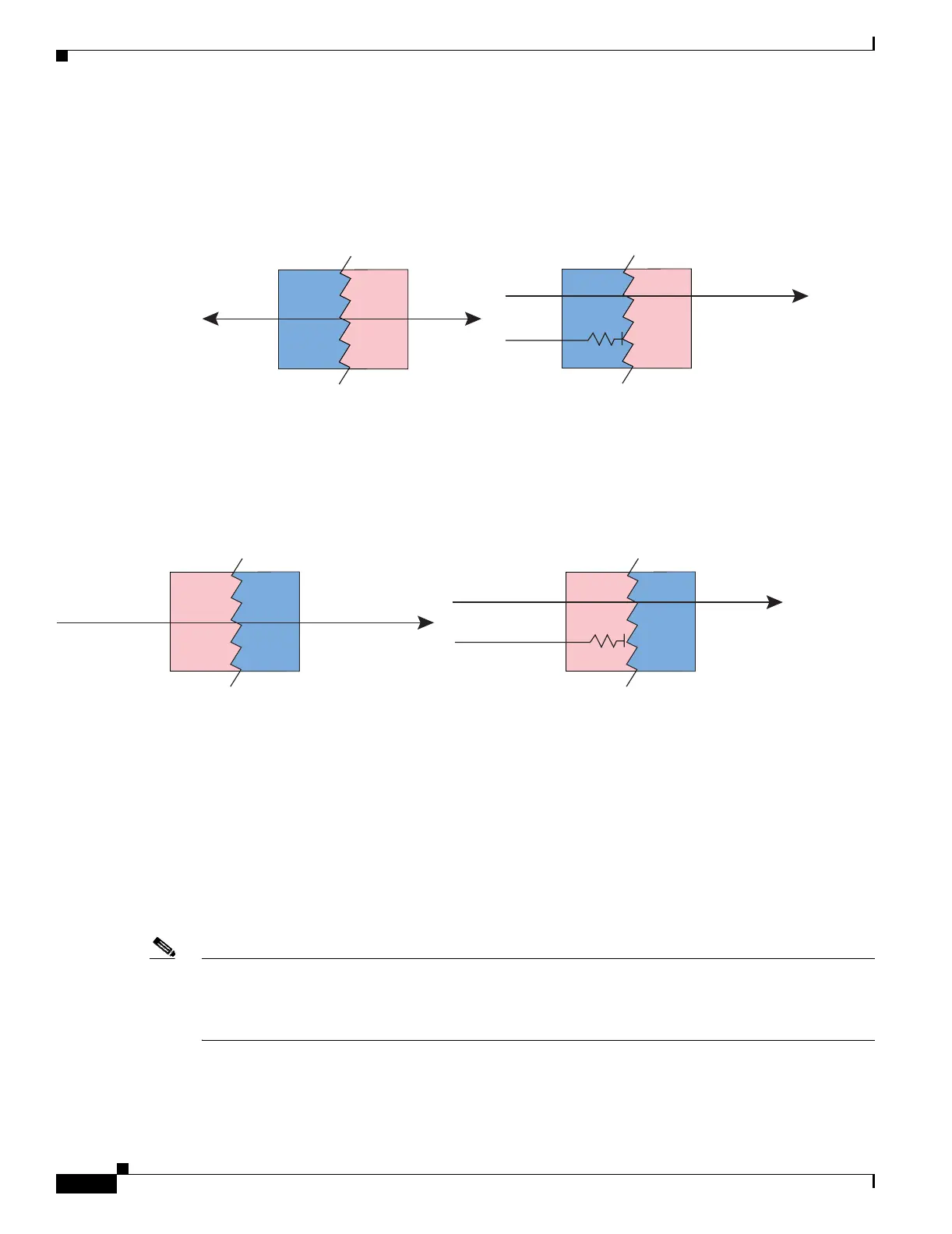